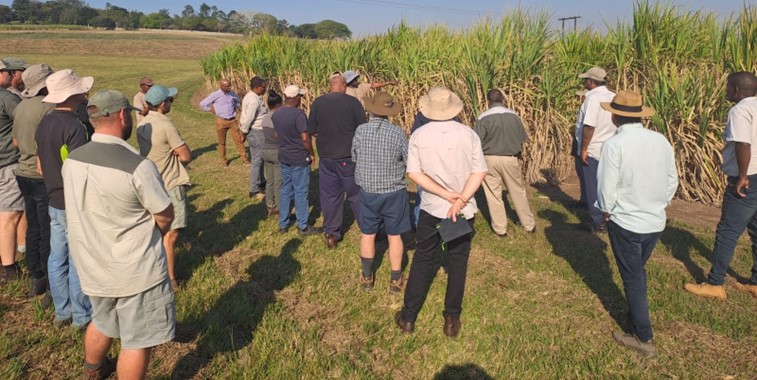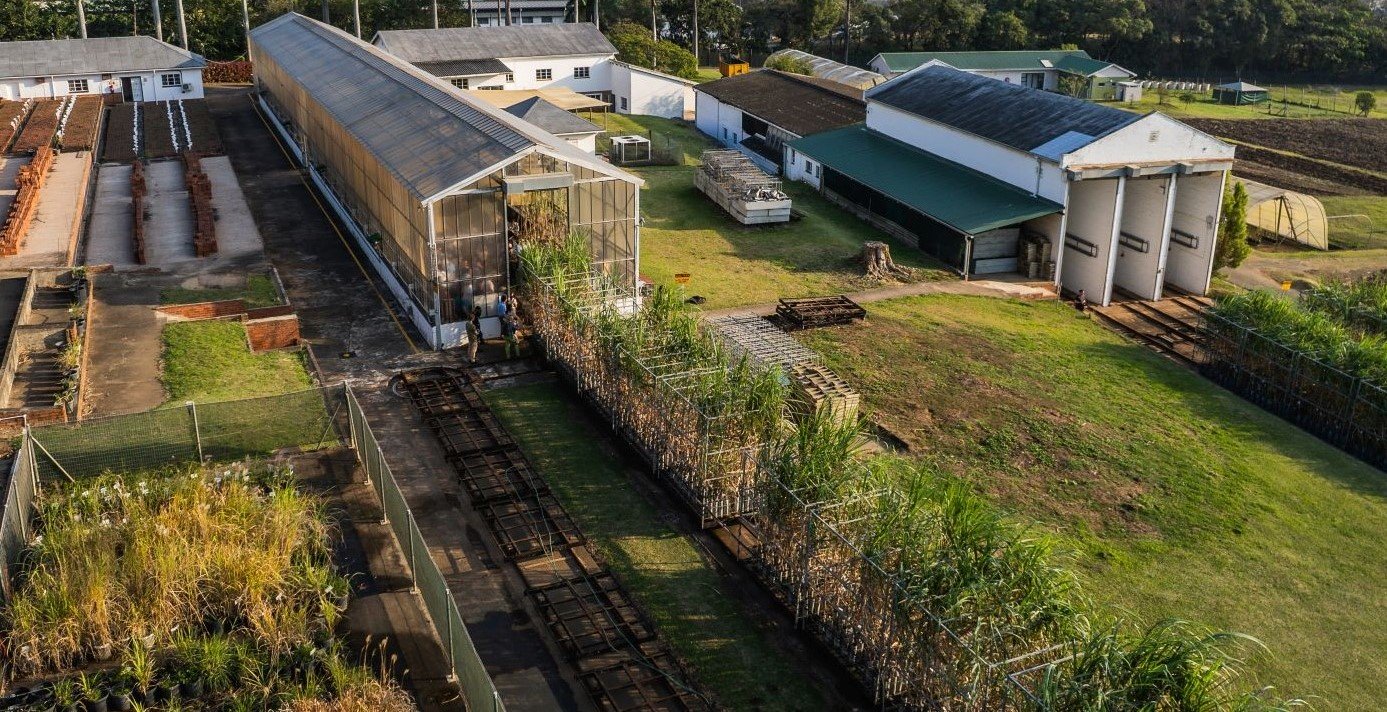
Growers sometimes express the view that SASRI’s variety recommendations are not clear and precise. It is important to understand that variety recommendations cannot follow a ‘one size fits all’ approach. Variety recommendations must consider a range of factors that will vary from one region to another, from one farm to another, and even from one field to another on the same farm. Variety recommendations must therefore be customised for each specific situation, after taking the following factors into account:
Soil type
Soil type is a major consideration for variety recommendations. Most varieties will produce high cane yield in rich soils, but very few varieties produce high cane yield in sandy, shallow and poor soils. Choosing varieties that can produce high cane yield in poor growing conditions will guarantee high cane and sugar yield and longer ratooning cycles. Varieties not adapted to harsh growing conditions tend to have very few profitable ratoons in these growing conditions.
Age at harvest
Age at harvest is an important consideration when recommending varieties for commercial planting. Generally, in poor growing conditions, age at harvest can be increased with associated benefits of increasing cane yield, while in good growing conditions higher crop ages can result in heavily lodged crops, side shooting, bull shoots and other undesirable effects, all of which will reduce cane yield and RV%.
Yield potential
Targeted yield potential is another consideration for variety recommendation. When high yield is expected, it is imperative to choose high yield potential varieties to attain this objective. Low yield potential environments associated with either poor growing conditions or low input levels must choose hardy varieties that will produce a sustainable yield under difficult conditions. A variety such as N58 is an example for the coastal regions: N58 produces high cane yield in poor, sandy soils and during periods of drought.
Season of harvest
Season of harvest is another consideration which applies for 12-month harvested cane where early, mid and late seasons are distinct. Choosing early or later maturing varieties is key and must be matched with the expected age and time of harvest.
Some varieties produce optimum RV% earlier than others. Varieties to be harvested at the opening of mills, such as in March, must be early maturing, producing high sucrose content when growing conditions are unfavourable for sucrose accumulation. When chemical ripeners form part of crop management, low RV% varieties can be recommended for early season.
Most varieties are adapted to mid-season where the cool and dry weather forces natural sucrose accumulation/ripening.
Late season is a challenging situation where peak stalk elongation coincides with cold weather and therefore adapted varieties must have fast growth to accumulate economic yield during this period of low temperature and slower growth. They must also have high eldana resistance because they keep growing and increasing cane yield.
Pests and diseases
Pests and diseases are key considerations for variety recommendations. For example, high eldana resistant varieties are recommended for coastal environments while smut resistant cane must be considered for irrigated areas where smut infection is high. It is for this reason that Midlands varieties are not recommended in irrigated areas.

